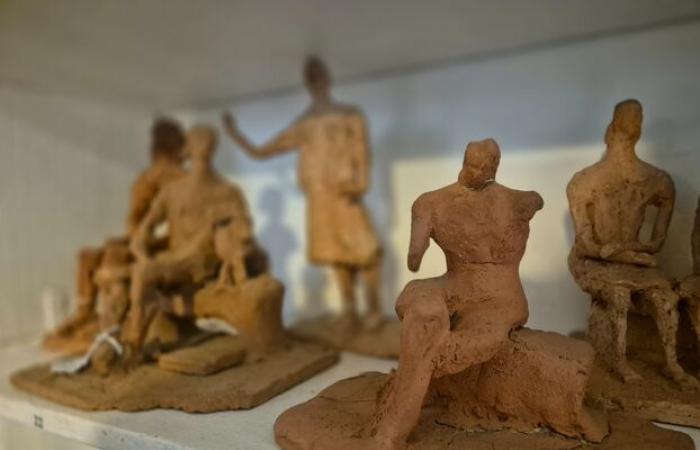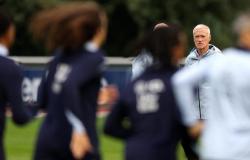Hidden in the heart of a 6,000m² park in the heart of Montmartre (18th century), a historic artist’s studio is preparing to sell the works of a discreet character but inhabited by Paris. Born in Nice, the sculptor Paul-Henri Friquet turned to the capital when he came of age to set up his workshop, first in Montparnasse then finally on the Butte Montmartre in the 1960s. From this Tuesday until Until Thursday, an exhibition of the artist’s works is being held at 24 rue Norvins (18th century), before an auction scheduled for Thursday at 2 p.m., place des Abbesses (18th century).
At the age of 91, Paul-Henri Friquet decided to retire from the life of an artist and sell his entire collection. “He wants his works to continue to live, so he prefers to see them with people who appreciate them,” relates his daughter, Dominique Favey. Bronze, terracotta, plaster, and especially marble and granite… The Parisian sculptor has shaped hundreds of pieces with his own hands.
“As an auctioneer, discovering a workshop like that is quite impressive,” explains Aymeric Rouillac, in charge of the sculpture auction. First, because we have works from the very beginning to the artist’s last work. He worked at a time when we stopped practicing. Rodin, for example, did not cut marble directly. He had sculptor practitioners who did it for him. But not Friquet, who is one of the rare masters who can exploit a raw block and create shapes from it. »
A master sculptor of abstraction
The stone has always been a real “inspiration” for Paul-Henri Friquet, according to his daughter. “The choice of stone was very important because, depending on the stone he found, he had an idea,” continues Dominique Favey. A master of abstraction and sculpture, an “extremely rare” profile according to Aymeric Rouillac, Paul-Henri Friquet was capable of carving directly into marble, as few do these days.
All of the artist’s works are currently stored in his 60m² studio, rue Norvins. Buyers have the opportunity to come and admire or spot them for three days. The auction will then take place via photos in a large room at Place des Abbesses, at 22 rue André-Antoine, before the happy new owners of the works come to collect them from the small Friquet workshop.







